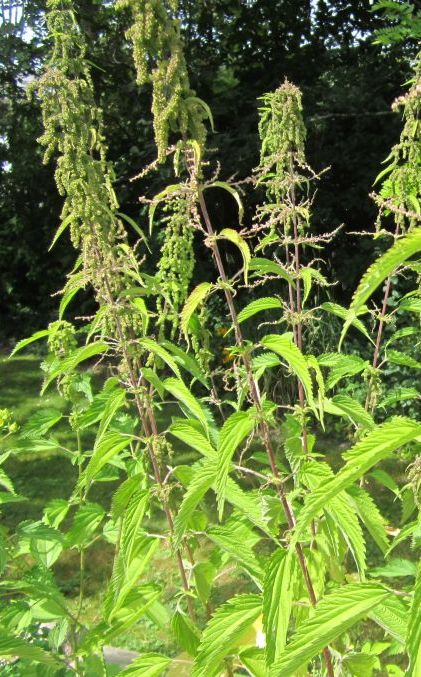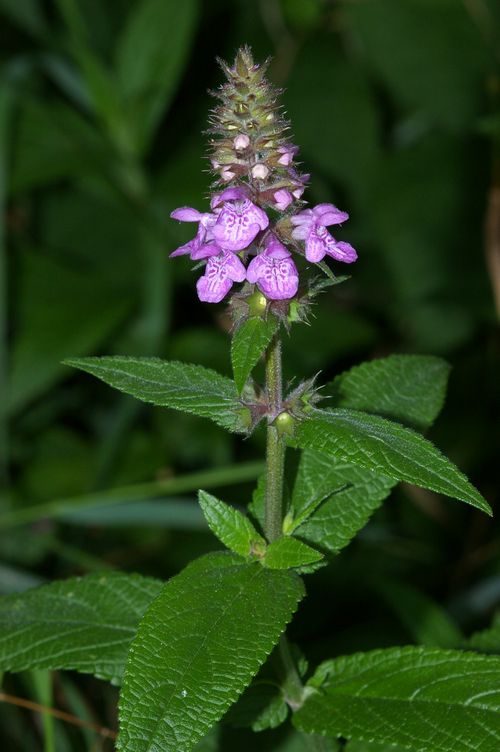
Urtica dioica, also known as stinging nettle, common nettle, or stinging leaf, is an evergreen perennial flowering shrub belonging to the Urticaceae family. Originally native to Central Europe, western Asia and the Middle East, it is now known worldwide, including New Zealand, North America and Australia. It has a long history and many myths surrounding it, one of the most well known being that of the stinging nettle plant’s ability to ward off evil spirits. In fact, it was so useful for people and animals that it became part of the European royal household.
This plant contains a toxic sap that contains a chemical called urushiol. This chemical is highly toxic to most animals when it irritates the skin and the respiratory system. This compound causes a burning sensation when it comes in contact with a human and also results in coughing, sneezing, coughing and breathing problems, especially when the nettle is ingested.
Most of the plants are found growing in damp places. They need moisture to grow and thrive but this does not mean that it should be allowed to dry out completely, only allowing a few inches of water to remain on the plant during winter. Nettle will wither and die, however, without enough water. If you are considering growing nettle and are not sure about the best time to plant or water, there are two main factors to consider.
The first and most important factor is the season, because nettle needs to be planted at the same time each year to maximize its growth and survival. Because the plant grows best during the summer months (June to August) and is very sensitive to frost and freezing temperatures, nettles are planted from October to December.
The second important factor is the type of plant you choose. There are two basic types of nettles, flowering plants that bloom in the spring, and nonflowering plants that bloom year round, such as the common nettle.
For flowering plants, the best times to plant them are from May to July and November to March. Nonflowering plants are usually planted in late May to June, with the last blooming blossom being in late July. Some plants can even be planted earlier in the spring. However, flowers have a tendency to spread and compete with other plants for light, so if you are growing nettles in large containers or in your garden, you may want to choose flowering plants that grow more densely, such as ficus.
Planting nettles in containers that are not properly cared for will lead to the plant spreading too far apart, making it hard for the plant to thrive. This is why it is important to follow the directions provided by the manufacturer and to use a plastic plant mat if possible.
Stinging nettles do require regular watering, especially if you live in a moist area. They do not do well in places where the soil is acidic, so it is best to water them when the soil is still damp.

When the soil is wet, it allows more oxygen to pass through and prevent the plant from drying out.
Planting nettles requires a very specific time to complete, and it is important to follow the instructions carefully. If you are unsure about how to plant, consult a gardening professional to give you an idea. While it is best to plant the plant as soon as the leaves start to appear, do not wait until late summer or early autumn, as this will cause the plant to die.
Before you begin, prepare the soil by removing all weeds. A good fertilizer can help to get rid of any harmful grasses and weed seeds that may have built up in the soil. Once you have finished, you should water the plant for two hours every day.
Once you have finished planting, make sure to water the plant properly to help keep it in good shape. Remember, nettles will do better when they are watered on a daily basis than when left alone for a few weeks. If you wait until the soil has dried out, the plant may become more susceptible to insects.
Once the plant begins to grow, water it more regularly to keep it moist. To keep it looking its best, you should fertilize it about once per month, although this frequency may vary depending on where you live.